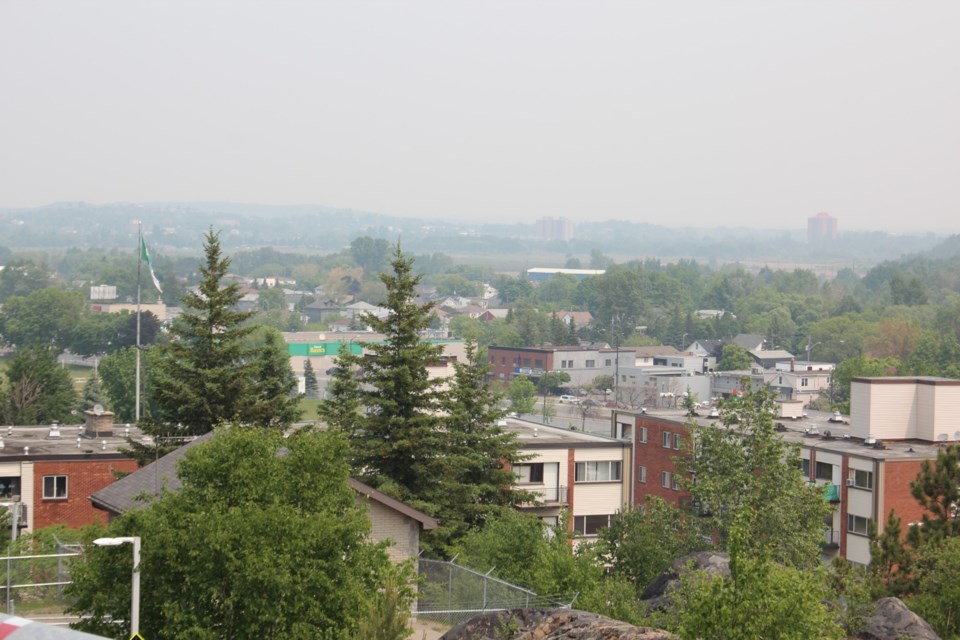The Canadian Medical Association Journal (CMAJ) is suggesting that it might become necessary for some Canadians to wear N95 or KN95 respirator masks to offset the harmful effects of wildfire smoke this summer.
An article in the most recent online edition of the Journal said exposure to wildfire smoke is associated with adverse health outcomes.
The article quoted data from studies done in 2017, which doesn't take into account that last summer - the summer of 2023 - was reported as one of the worst ever summers for wildfires in Canada. It was one year ago that Public Health Sudbury and Districts (PHSD) issued a news release warning Sudbury area residents how to protect themselves from wildfire smoke.
Wildfire seasons are getting longer and more severe in Canada, said the article. Wildfire smoke caused 710 emergency department visits for respiratory conditions and 250 for cardiac conditions in 2017, said the article.
During days with wildfire smoke in the United States, asthma-specific hospital visits increased 10.3 per cent and nontraumatic deaths increased one per cent to two per cent in 2006–2017, said the article.
Environment and Climate Change Canada issues hourly reports on the local AQHI (Air Quality Health Index) , which uses a scale from 1 to 10. When the AQHI is greater than 7, at-risk people — such as those with respiratory and other chronic diseases, pregnant people, older adults, and infants and children — should reduce time spent in outdoor, strenuous activity, said the article.
The Environment Canada website includes air quality listings for most Canadian cities including Sudbury.
The article said physicians should talk to their at-risk patients about the risks of wildfire smoke and strategies for reducing their exposure. Patients should be informed about the AQHI and the value of indoor air filtration. Patients with asthma and chronic obstructive pulmonary disease should have updated action plans and a sufficient supply of medications, said the article.
There are actions people can take to reduce their exposure to the risks of wildfire smoke.
"Staying indoors with closed windows and using high-efficiency particulate air or do-it-yourself air purifiers can reduce the concentration of fine particulates by 32 to 88 per cent."
The patients can claim these prescribed devices as medical expenses on their tax returns. When spending time outside, wearing tight-fitting respirators (e.g., N95 or KN95) can minimize fine particulate exposure by more than 90 per cent. Some areas may provide clean air shelters for under-housed people, said the article.
The article was authored by Elaheh Ghodsi and Mehdi Aloosh, representing Centre de Recherche du CHUM Montréal (Ghodsi); and the Windsor-Essex County Health Unit (Aloosh), Windsor, Ont. (Aloosh); and also the Department of Health Research Methods,at McMaster University, Hamilton.
A full text version of the report can be found online here.



